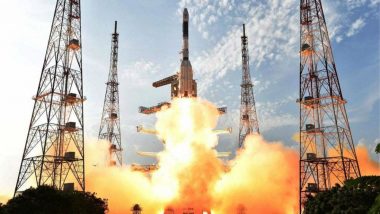New Delhi, December 28: Cabinet has approved the indigenous human spaceflight programme, Gaganyaan. The mission will carry three-member crew for minimum seven days in space at a total cost of Rs 10,000 crores. The programme will include two unmanned flights and one manned flight. Last month, the Indian Space Research Organisation (ISRO) chairman K Sivan said, “The organisation is trying to make the mission “more and more" indigenous by utilising the facilities available in the country.”
If Gaganyaan is successful, India will become the fourth nation to achieve the feat. The ‘Gaganyaan’ mission, proposed by Prime Minister Narendra Modi on August 15 during an Independence Day speech. The spacecraft is a fully autonomous 3.7-tonne spacecraft designed to carry a 3-member crew to orbit and safely return to the Earth after a mission duration of few orbits and up to seven days. In its first crewed mission, Indian Space Research Organisation's largely autonomous 3.7-tonne capsule will orbit the Earth at 400 km (250 mi) altitude for up to seven days with a three-person crew on board. The crewed vehicle is planned to be launched on ISRO's GSLV Mk III in December 2022.
Meanwhile, India's second moon mission Chandrayaan-2 will be launched between January and February 2019. Chandrayaan-2 will be ISRO's first inter-planetary mission to land a rover on any celestial body. The rover of India's second lunar mission, costing nearly Rs 800 crore, will be made to land near the yet-unexplored south pole. The ISRO Chief further informed as the mass of Chandrayan 2 has increased to 3.8 ton, GSLV can't launch it, and hence, ISRO has redefined launch vehicle from GSLV to GSLV-Mk-III.
(The above story first appeared on LatestLY on Dec 28, 2018 04:27 PM IST. For more news and updates on politics, world, sports, entertainment and lifestyle, log on to our website latestly.com).













 Quickly
Quickly











